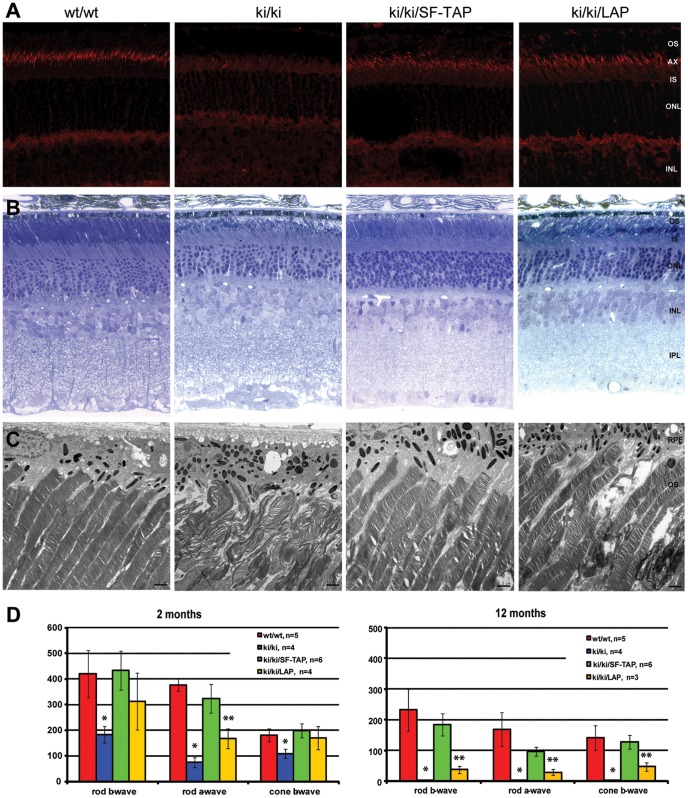Figure 6. Expression of the full-length N-SF-TAP-Rp1 and N-LAP-Rp1 proteins prevents photoreceptor degeneration in Rp1Q662X/Q662X knock-in mice.
A. Frozen sections of retina from 2-month-old mice of the genotypes indicated were stained with anti-C-Rp1 antibodies (red). The wild-type Rp1 protein is located in the axonemes of PSC; full-length Rp1 protein is not detected in the Rp1-Q662X knock-in mice. Full-length Rp1 protein is also detected in the PSC axonemes of the Rp1-Q662X : N-SF-TAP-Rp1 and Rp1-Q662X : N-LAP-Rp1 mice. There is a mosaic pattern of full-length Rp1 protein expression in the Rp1-Q662X : N-LAP-Rp1 mice. (INL, inner nuclear layer; IS, inner segment; ONL, outer nuclear layer; OS, outer segment; 400X magnification for all images). B. Retinal histology from 2-month-old mice of the genotypes indicated. The retinal structure of the Rp1-Q662X : N-SF-TAP-Rp1 mice is normal, in contrast to the early photoreceptor degeneration in the Rp1-Q662X mice. There is partial preservation of retina structure in the Rp1-Q662X : N-LAP-Rp1 mice (INL, inner nuclear layer; IS, inner segment; ONL, outer nuclear layer; OS, outer segment; 400× magnification for all images). C. Ultrastructure of PSCs in two-month old mice of the genotypes indicated. Note that the structure of the PSC and organization of the outer segment discs are normal in the Rp1-Q662X : N-SF-TAP-Rp1 mice, in contrast to the disorganized PSC observed in the Rp1 Q662X/Q662X mice. There is a mixture of cells with normal PSC and cells with disorganized PSC in the Rp1-Q662X : N-LAP-Rp1 mice (OS, outer segment; RPE, retinal pigment epithelium. Bars = 2 µm). D. Amplitudes of ERG responses from 2 month-old and 12-month-old mice of the genotypes indicated. At 2 months not that the rod and cone ERG amplitudes are close to normal in the Rp1-Q662X : N-SF-TAP-Rp1 mice, in contrast to the reduction of photoreceptor function observed in the Rp1 Q662X/Q662X mice. There is partial restoration of photoreceptor function in the Rp1-Q662X : N-LAP-Rp1 mice. At 12 months photoreceptor function is relatively well preserved in the Rp1-Q662X : N-SF-TAP-Rp1 mice. There is also some residual photoreceptor function in the Rp1-Q662X : N-LAP-Rp1 mice. Significant differences compared to controls are indicated by * (P<0.01) and ** (P<0.05).

